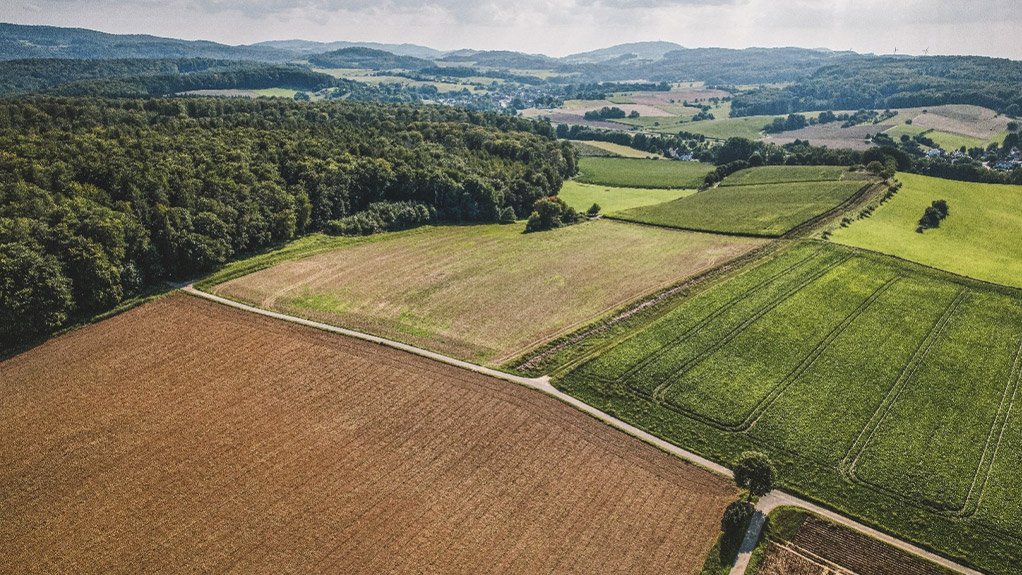Agricultural Sector: Typical Listed Activities in terms of the Environmental Impact Assessment Regulations, 2014 (as amended)
This article has been supplied.
(Virtual Showroom): The agricultural sector plays a vital role and is essential to feed the growing population, but may result if inadequately managed in a significant impact on the environment. From land clearance, loss of land and soil capability and potential, and altering watercourses, this sector and it’s impacts pose challenges that needs to be addressed to ensure ecologically, socially and economic sustainability and food security for both present and future generations.
The Environmental Impact Assessment (EIA) Regulations, 2014 (as amended) play an important role that provides a structural approach to regulate the requirements of Chapter 5 of the National Environmental Act, 1998 (Act No. 107 of 1998), as amended (NEMA), covering the following key aspects:
Set a groundwork for applications requiring Environmental Authorisation.
Set criteria and guidelines to assess potential impacts on environmental aspects comprehensively.
Provide a structured approach for processing, consideration and decision-making of Environmental Authorisation applications.
Listing Notice 1, 2 and 3 of the EIA Regulations, 2014 (as amended) acts as a guideline to determine if an activity requires Environmental Authorisation. Listed activities are provided for which may not be undertaken without Environmental Authorisation, and also identify the relevant reporting process (Basic Assessment or a Scoping and Environmental Assessment) that should be followed.
The following list provides a brief summary of development, expansions, operations, and/or other planned activities summarised from these listing notices that are frequently applied for as part of Environmental Authorisations within the agricultural sector:
- Animal slaughtering: Facilities or infrastructure for the slaughter of animals (poultry, reptiles, game, red meat fish, crustaceans or amphibians)
- Keeping animals: Facilities or infrastructure for the concentration of animals (pigs, small stock units, large stock, crocodiles, rabbits, ostrich, emus, poultry).
- Aquaculture: Facilities, infrastructure or structures for aquaculture, aquaculture of sea-based cage culture of finfish, crustaceans, reptiles, amphibians, molluscs, echinoderms and aquatic plants.
- Hatcheries or Agri-industrial facilities.
- Instream and off stream water infrastructure: Dams or weirs, reservoirs, and associated structures.
- Dangerous goods storage
- Vegetation clearance: The clearance of indigenous vegetation.
- Virgin soil: The physical alteration of virgin soil to agriculture, or afforestation for the purposes of commercial tree, timber or wood production.
The above list provides a summary of the most common types of agricultural activities that require Environmental Authorisation applications. However, it is not exhaustive, and other developments, operations and activities may also require Environmental Authorisation depending on the exact scope and project requirements.
It is also important to note that certain thresholds, capacities, geographical areas, and footprints are associated with these activities and may need to be applicable before the activity would be included as part of an Environmental Authorisation application, and considered a “trigger listed activity”.
For example, an activity may require Environmental Authorisation if it involves the clearing of a certain extent of vegetation or the construction of structures of a certain footprint size. The specific thresholds, capacities, geographical areas, and footprints that trigger the requirement for Environmental Authorisation will vary depending on the geographical sensitivity.
When planning a new project, buying or renting a piece of property, it is important to determine the listed activities that may be triggered in terms of the EIA Regulations, 2014 (as amended) as well as other legislative requirements that need to be complied with.
ENVASS has experience in facilitating the required Environmental Authorisation processes.
Comments
Press Office
Announcements
What's On
Subscribe to improve your user experience...
Option 1 (equivalent of R125 a month):
Receive a weekly copy of Creamer Media's Engineering News & Mining Weekly magazine
(print copy for those in South Africa and e-magazine for those outside of South Africa)
Receive daily email newsletters
Access to full search results
Access archive of magazine back copies
Access to Projects in Progress
Access to ONE Research Report of your choice in PDF format
Option 2 (equivalent of R375 a month):
All benefits from Option 1
PLUS
Access to Creamer Media's Research Channel Africa for ALL Research Reports, in PDF format, on various industrial and mining sectors
including Electricity; Water; Energy Transition; Hydrogen; Roads, Rail and Ports; Coal; Gold; Platinum; Battery Metals; etc.
Already a subscriber?
Forgotten your password?
Receive weekly copy of Creamer Media's Engineering News & Mining Weekly magazine (print copy for those in South Africa and e-magazine for those outside of South Africa)
➕
Recieve daily email newsletters
➕
Access to full search results
➕
Access archive of magazine back copies
➕
Access to Projects in Progress
➕
Access to ONE Research Report of your choice in PDF format
RESEARCH CHANNEL AFRICA
R4500 (equivalent of R375 a month)
SUBSCRIBEAll benefits from Option 1
➕
Access to Creamer Media's Research Channel Africa for ALL Research Reports on various industrial and mining sectors, in PDF format, including on:
Electricity
➕
Water
➕
Energy Transition
➕
Hydrogen
➕
Roads, Rail and Ports
➕
Coal
➕
Gold
➕
Platinum
➕
Battery Metals
➕
etc.
Receive all benefits from Option 1 or Option 2 delivered to numerous people at your company
➕
Multiple User names and Passwords for simultaneous log-ins
➕
Intranet integration access to all in your organisation




















